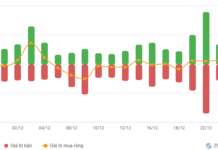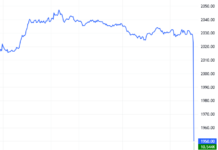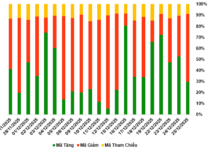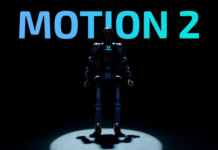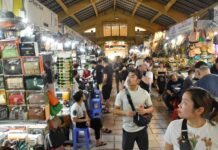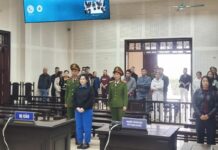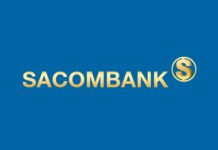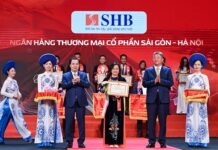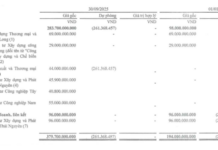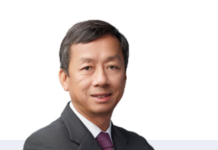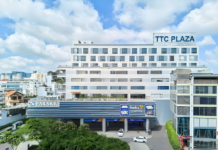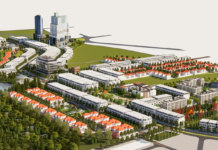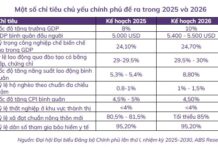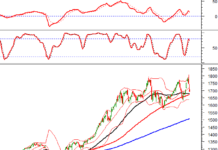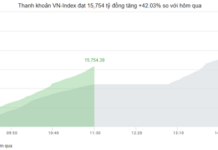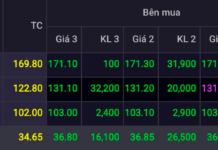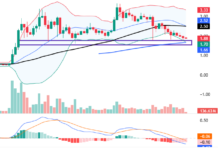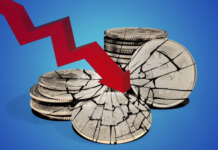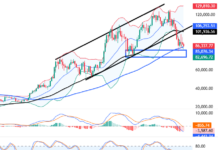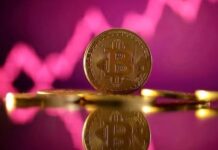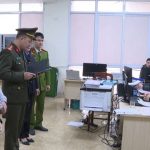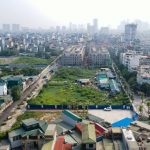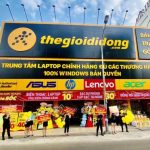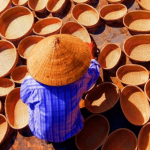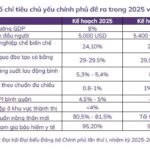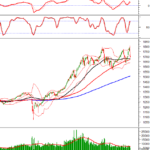In 2013, Van Hanh General Hospital began researching and applying stem cell therapy for the treatment of degenerative joint diseases. To date, it remains one of the few medical facilities licensed by the state to use this therapy in Vietnam.
While the cost of a degenerative joint treatment regimen abroad ranges from $6,000 to $10,000 USD, the successful application of stem cell technology in Vietnam by Van Hanh General Hospital has brought the cost down to approximately 50 million VND for a regimen of three injections.
Few know that 14 years ago, Dr. Le Thi Bich Phuong, Deputy Director of Van Hanh General Hospital, gave up her dream of becoming a cardiologist – a specialty chosen by her family – to embark on a solo journey researching stem cells in Vietnam, where this field was entirely novel in the country’s medical landscape. Dr. Phuong was also the founder of the stem cell unit and director of the Van Hanh Medical Center, the first institution in Vietnam to research and apply stem cell technology.
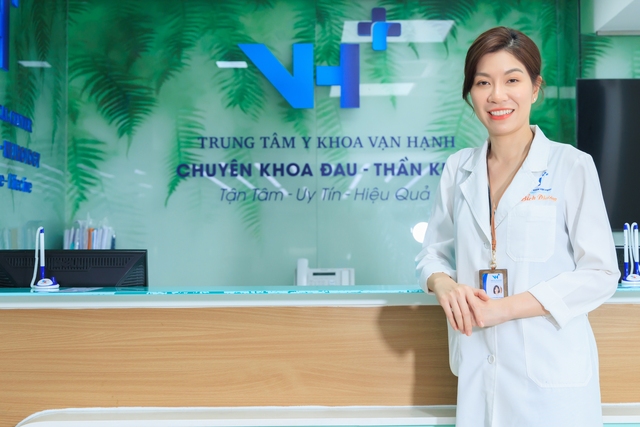
Dr. Le Thi Bich Phuong, Deputy Director of Van Hanh General Hospital
Stem cells are defined as immature cells that have not yet been assigned a specific function and, therefore, have the potential to differentiate into specialized cells under certain conditions.
In addition to this differentiation capability, stem cells possess various other functions, such as immune system regulation, creating information for precursor cells to develop, and creating an environment that prevents cell aging. Thanks to these effects, along with their differentiation potential, stem cells are being researched and applied in many medical specialties and pathologies.
Currently, the most successful application of stem cell therapy is in the treatment of diseases related to the hematopoietic system, followed by the use of mesenchymal stem cells in musculoskeletal diseases, certain immune disorders like GvHD and SLE, and in cardiovascular, liver, kidney, and cosmetic-related pathologies…
A “CELLULAR” TURNING POINT
What made you decide to give up the path chosen by your family and pursue a “non-practical” passion 14 years ago?
Dr. Le Thi Bich Phuong: I think it was all destiny!
During my five years of internship at various hospitals, I never heard anyone mention stem cells, and the concept was still very new at Vietnamese universities at the time. I could only refer to foreign books and journals. I remember attending a few graduation thesis defenses of senior students, and none of them were about stem cells.
In the end, I decided to conclude my thesis on cardiology. I had planned to follow the “traditional” path of my family, but cells and biology kept lingering in my mind.
One day in 2010, I met with Professor Dr. Truong Dinh Kiet (former Vice Rector of the University of Medicine and Pharmacy – Editor’s note), who was then a renowned teacher of cell and pathology. I began to share my concerns and enthusiastically spoke about the novelty and potential of stem cells.
“Can you guide me, teacher?”, I mustered the courage to ask.
In response, he simply said: “Give it a try”, and directed me towards two paths: genetics or stem cells.
Subsequently, Professor Kiet introduced me to the University of Natural Sciences in Ho Chi Minh City (Vietnam National University, Ho Chi Minh City). At that time, it was the only institution in Vietnam with a stem cell laboratory.
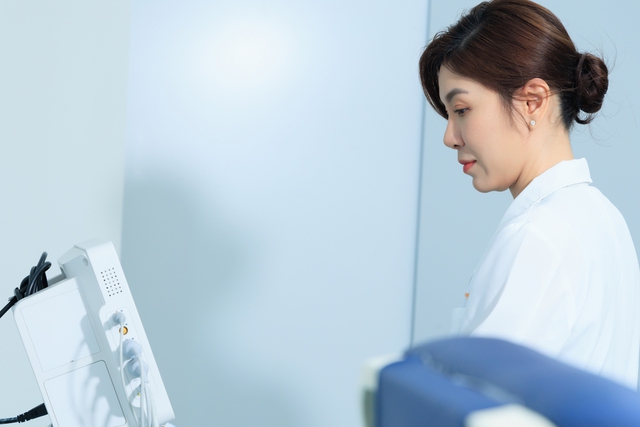
With a field so novel to Vietnamese medicine, what difficulties did you encounter?
In reality, I had to put into practice things that I had never learned before.
I graduated as a medical doctor, so when I decided to pursue stem cell research, I spent a whole year in the lab, working like a researcher. Every day, I worked with mice, chemicals, and cells… It was a completely different world!
Failure became the norm! Sometimes, the professor would give me an adipose tissue sample and ask me to isolate the cells. Contrary to expectations, after several days of cultivation, the sample would become contaminated with bacteria!
I failed so much that I became discouraged and stressed because I was wasting resources, money, and the trust of others. Sometimes, I would ask myself if this work was suitable for me.
However, Professor Kiet knew that I was a very determined girl, so he only encouraged me. My parents never pressured me to succeed. So, every time I failed, I focused more on the next attempt.
FIRST PATIENTS
How did you finally achieve success?
After four months in the lab, I successfully performed the first adipose tissue isolation from a human subject. The second step was to isolate stem cells from human bone marrow. This was probably the most challenging tissue and also the subject of my master’s thesis: Differentiation of stem cells from adipose tissue into insulin-producing cells for the treatment of diabetes.
Thanks to each experiment and milestone leading to success, my faith in stem cells grew stronger, and I understood them better.
In 2013, after mastering laboratory techniques, I returned to Van Hanh General Hospital and established a separate stem cell manipulation unit that met international standards. By the end of 2013, I first collaborated with Dr. Nguyen Dinh Phu (who has since passed away – Editor’s note), along with a group of doctors from Van Hanh General Hospital and doctors from the 115 People’s Hospital, to implement a project on the application of stem cells in musculoskeletal diseases.
Fortunately, the project was approved by Ho Chi Minh City, allowing the application of stem cells in musculoskeletal diseases in Vietnam.
Dr. Le Thi Bich Phuong
What about the first patients you treated with this method?
I remember this patient well because she was a janitor at Van Hanh General Hospital, suffering from severe knee joint pain and degeneration.
After meeting the screening criteria, she was eligible for the research and application of the stem cell therapy derived from adipose tissue.
I must say that the entire team was extremely nervous about the first application of this method on a patient. Our biggest fear was the potential for unwanted side effects from stem cells. However, after 48 hours, she was stable, and now, she has recovered and is much healthier.
The second time I applied stem cell therapy was for a patient with chronic obstructive pulmonary disease. The cells used were mesenchymal stem cells from umbilical cord tissue, meaning we used stem cells from another person to treat the patient by infusing them intravenously. Fortunately, two years have passed, and the patient is still healthy and does not need to come for regular check-ups because they live far away.
To this day, I am still deeply grateful to the first patients who participated in the research and to my colleagues who accompanied me in making stem cells something very practical in Vietnam.
You know, at that time, a stem cell treatment for knee joints abroad cost around $6,000 to $10,000 USD (equivalent to 150 million to 250 million VND – Editor’s note).
“STEM CELLS ARE NOT A MAGIC WAND”
We’ve talked about successes, but surely nothing in medicine is 100% guaranteed. Have you experienced failures as well?
Actually, in research and not just in the application of treatment, success and failure always go hand in hand. But in my opinion, it is the failures that give us experience in effective patient selection and indication.
I remember that on no less than two occasions, when I performed a treatment that did not go as planned, I went into the unit’s chemical storage room and cried.
It was incredibly stressful and exhausting!
However, I have a rule that I only allow myself a short time to be emotional, and then I have to get back to work, face the failure, learn from it, and do better in the next attempt.
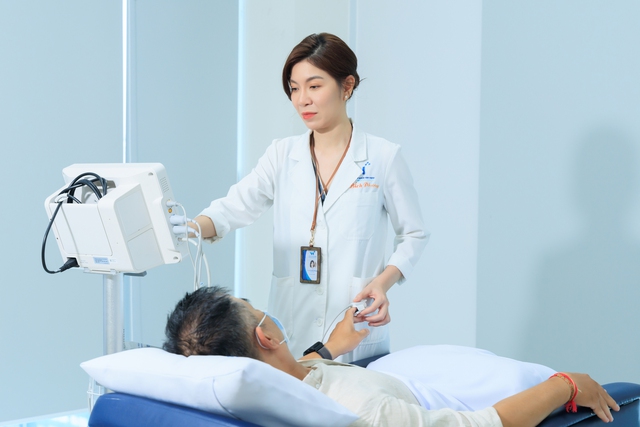
What lessons did you learn from these failures?
I learned how to properly indicate which cases should undergo stem cell treatment and which should not. There were patients with very severe conditions who came to me as a last resort. I accepted them, hoping to improve their health, but when the screening results were not as expected, I knew that the patient’s condition was no longer suitable for this treatment method. Therefore, each therapy depends on the stage of the disease, the doctor’s choice of cells, dosage, and so on…
That is an incredibly valuable lesson.
Dr. Le Thi Bich Phuong
THE STEM CELL MARKET: THINGS NOT EVERYONE KNOWS
How has the market for stem cell therapy developed?
In terms of global revenue, the industry is estimated to have reached $286 million in 2023 and is expected to reach $615 million by 2028. In Vietnam, several institutions are currently investing in the development of stem cell applications, including Van Hanh General Hospital, An Sinh, Tam Anh, and Vinmec…
In the last five years, Vietnam’s stem cell therapy development has been remarkable, as evidenced by the number of international research grants, GMP-certified stem cell therapy production facilities, and clinical trials. The main areas of treatment include musculoskeletal disorders, cardiovascular diseases, wounds and surgery, neurological disorders, lung diseases, rejuvenation, and many other applications…
However, this rapid development has also led to legitimate and illegitimate competition. Legitimate competition comes from reputable organizations working in the stem cell field, such as hospitals and universities, which is beneficial for the industry’s development, and I, as a scientist, can also learn from these institutions. On the other hand, illegitimate competition comes from cosmetics and preparations that falsely advertise the use of stem cells, lacking proper inspection, licensing, etc., creating concern and danger for patients.
How are you currently applying stem cell therapy at Van Hanh General Hospital?
Van Hanh General Hospital was established in 2000 and has been in operation for 24 years. The stem cell unit was established on September 5, 2013, and has since become the hospital’s flagship department. In the market, Van Hanh is one of the pioneering institutions, with substantial investments in equipment, human resources, and scientific research, both domestically and internationally.
Currently, I hold the position of Deputy Director of the hospital, concurrently heading the stem cell unit. I am also the director of the Van Hanh Medical Center, the first institution in Vietnam to research and apply stem cells.
Initially, from 2016, we mainly applied stem cell therapy in musculoskeletal diseases and chronic obstructive pulmonary disease. Since 2017, in addition to these specialties, which have become our trademark, we have also treated diabetes, cardiovascular, liver, and kidney diseases, and applied stem cells in the field of aesthetics…
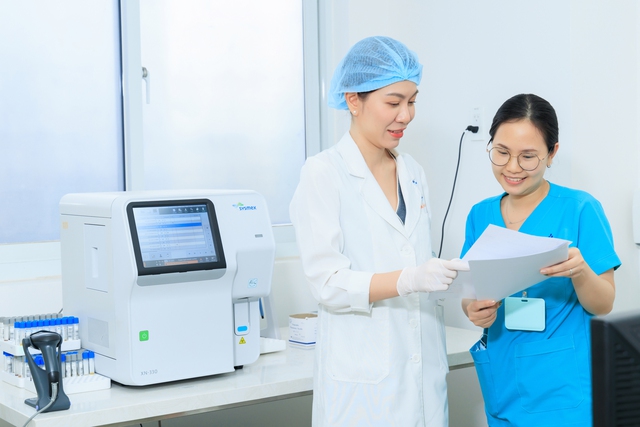
Indeed, thanks to the successful application of this method, stem cells are now widely known, and their trade has become rampant. Some even claim that stem cells can “cure all diseases”…
Oh! That is the common pain of our industry! Stem cells are not a magic wand that can cure all ailments!
We should understand that there is no panacea or treatment method that can cure all diseases. Currently, I see many facilities advertising the role of stem cells far beyond their actual capabilities, raising unrealistic expectations in people.
I just hope that people will accept stem cells for their true value. That is what I, the patients, my colleagues, and the stem cell management agencies are trying to achieve.
Therefore, I often appear on television to talk about the authenticity of stem cells sold on social media, communicate with experts, and attend workshops with government management agencies to define what stem cells are and communicate their true value to the public.
Dr. Le Thi Bich Phuong
As a healthcare business executive, wouldn’t advertising bring you more revenue?
“Investing in healthcare is investing in humanity!”, that is my philosophy. So, when I do things right and effectively, it naturally creates a positive effect, and patients trust me more than if I were to exaggerate.
Think about it, if patients come to me but only receive failed treatments and disappointment, that would be the “death” of my healthcare business. So, for every patient who comes to me, I advise them on the treatment mechanism, how to achieve the best results, how not to abuse stem cells, and in some cases, like cancer, I completely prohibit stem cell treatment… Thanks to this approach, Van
The most extensive bribery case ever in Thanh Hoa: Numerous suspects prosecuted for “Giving and Receiving Bribes”
The Provincial Security Investigation Agency (PSIA) of Thanh Hoa province announced on January 31st that it has made the decision to initiate a prosecution against 23 individuals in connection with the offenses of “Accepting bribes” and “Giving bribes” as stipulated in Article 354(3) and Article 364(2) of the Criminal Code.
Mobile World achieves revenue of VND118,000 trillion: TVs, tablets, and phones all decrease by 10% – 50%, while one product grows in both quantity and revenue.
Mobile World Investment Corporation (MWG) has recently announced its 2023 business results. According to the report, the company’s consolidated revenue reached over 118 trillion Vietnamese dong, equivalent to 89% of the revenue in 2022.

